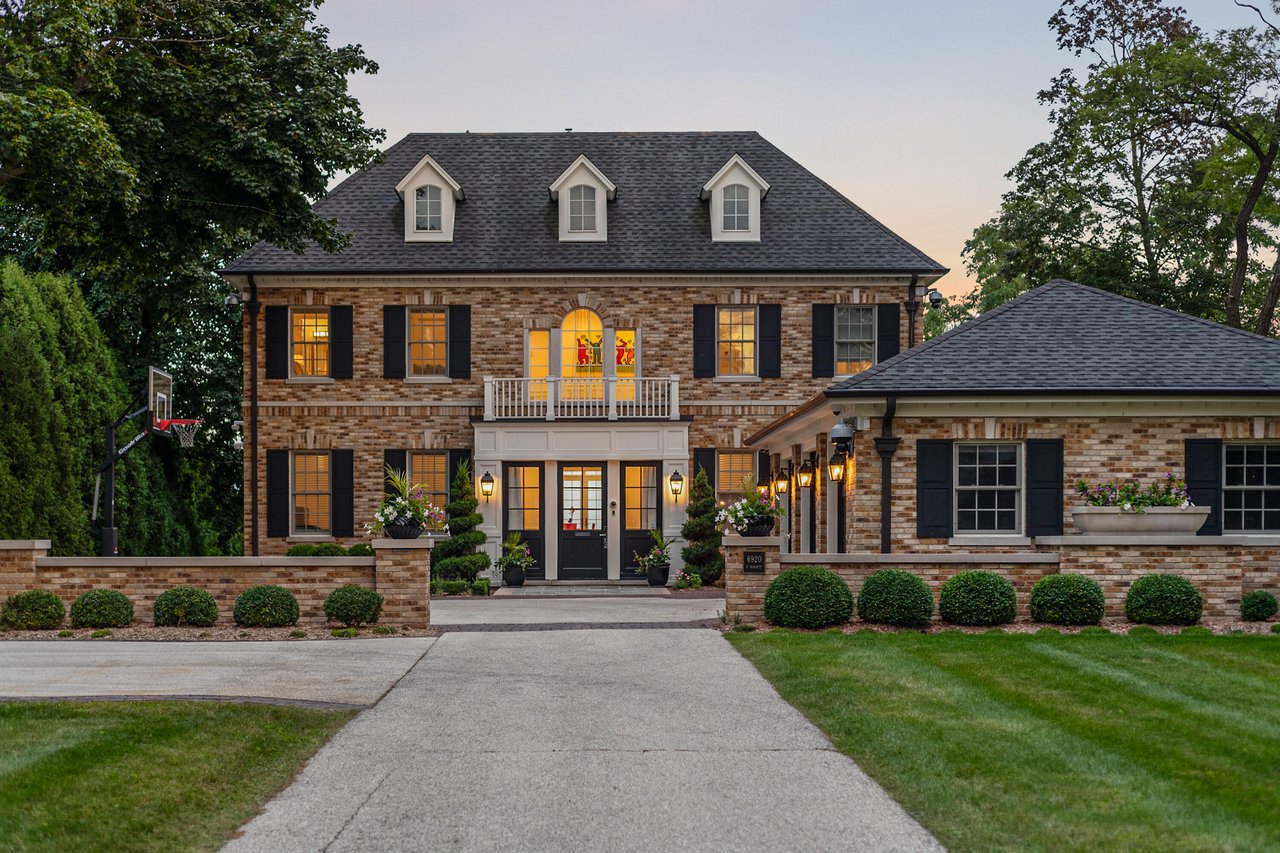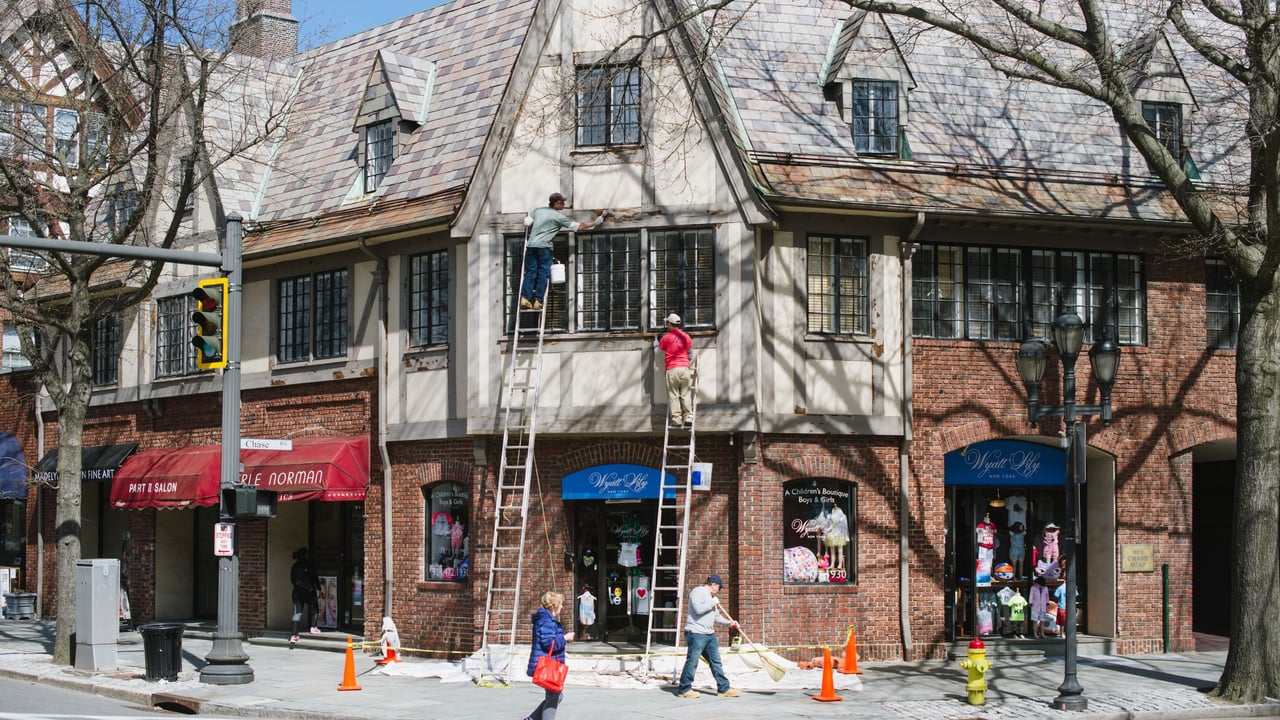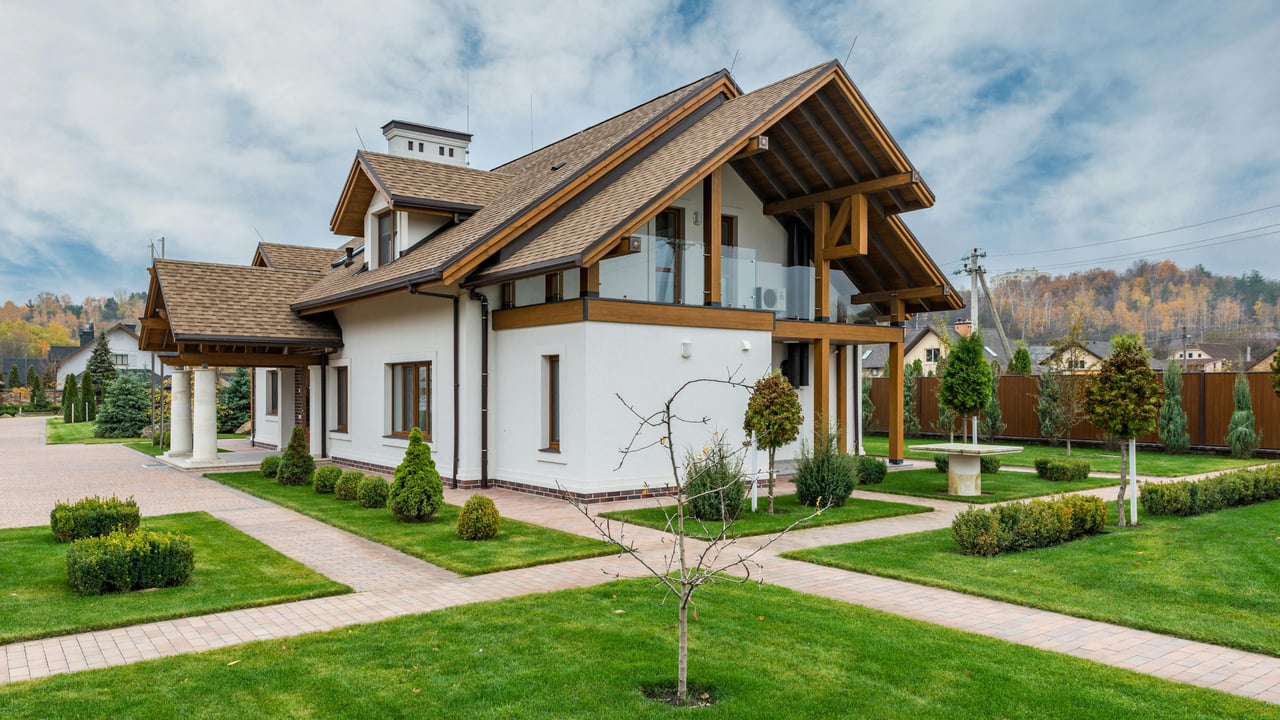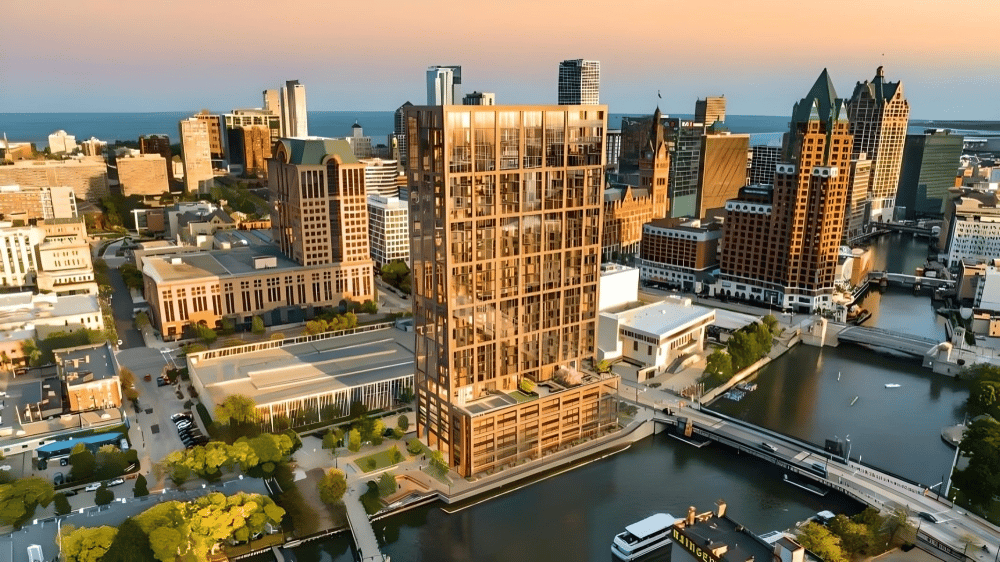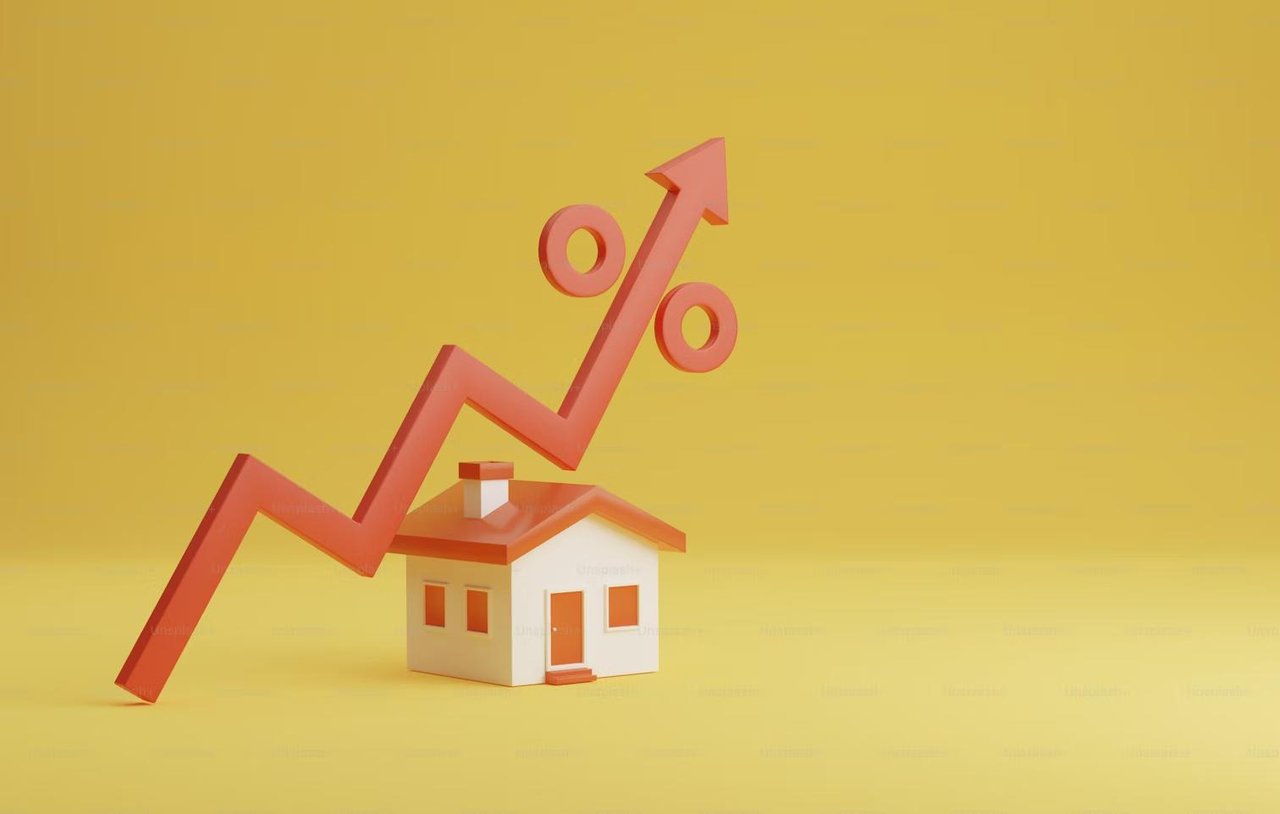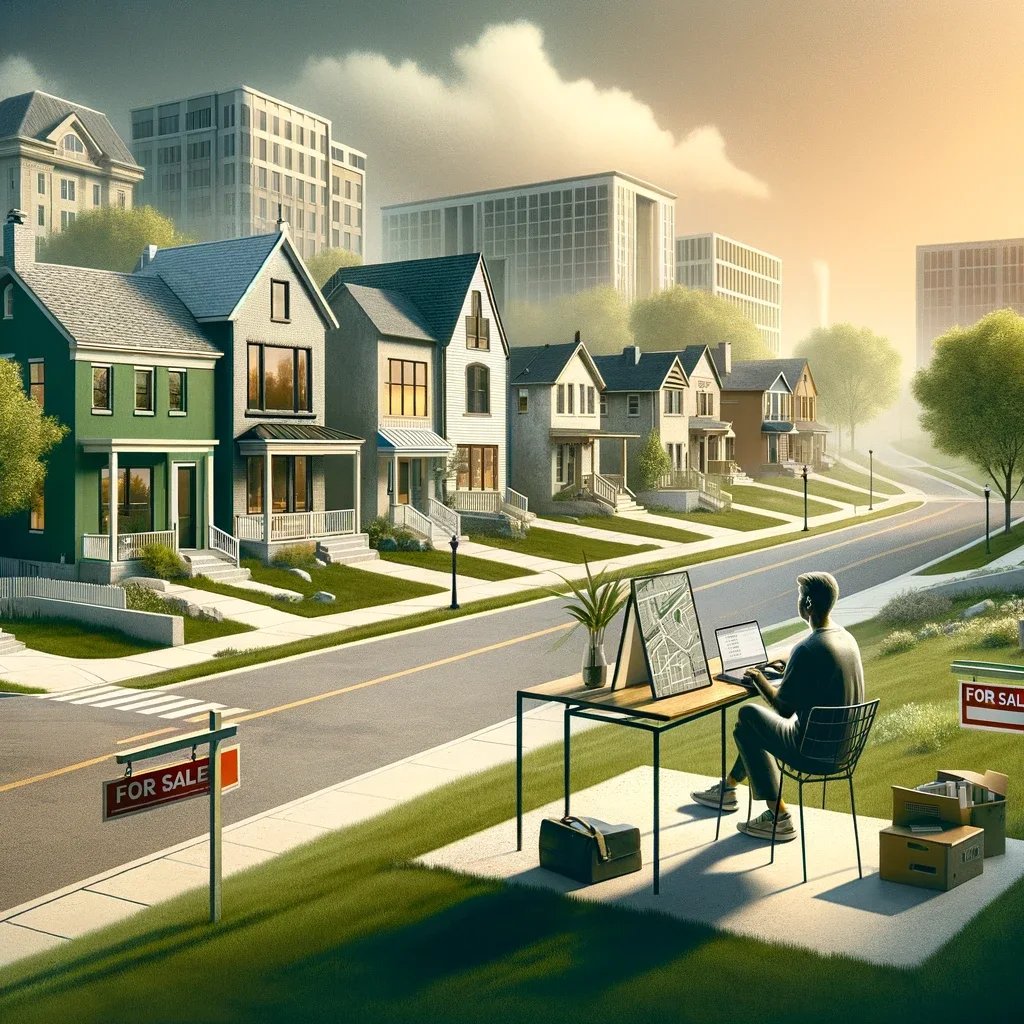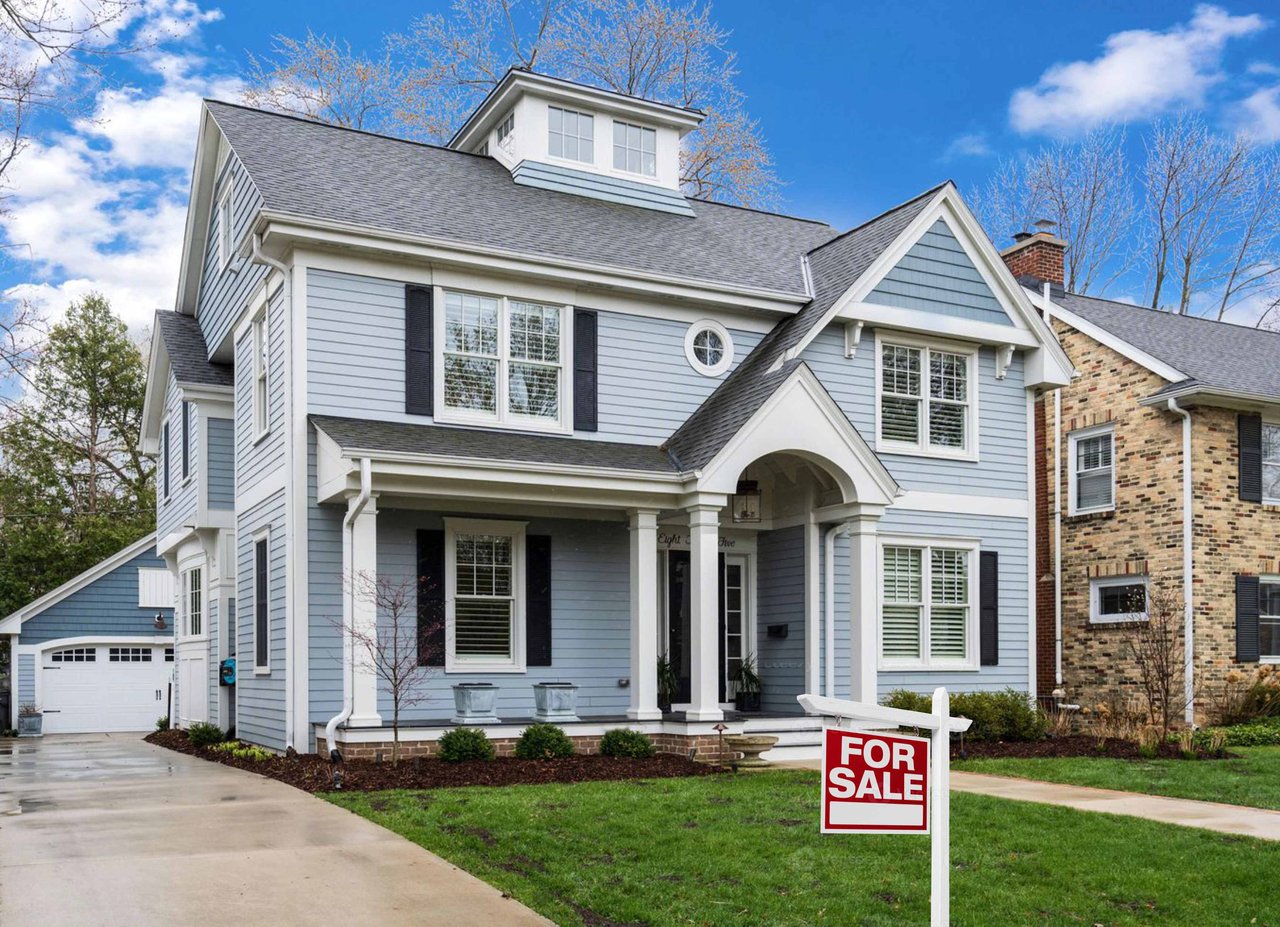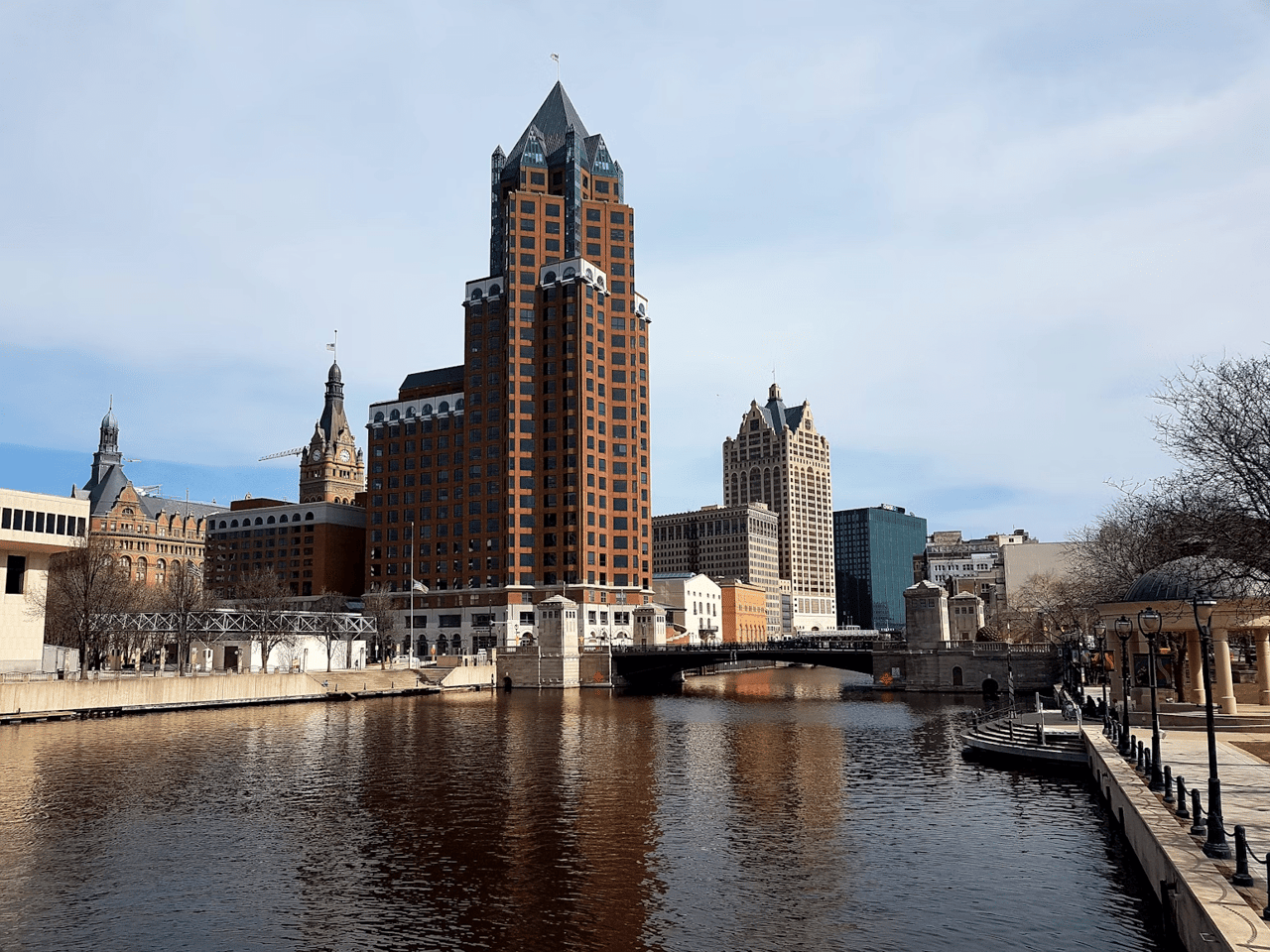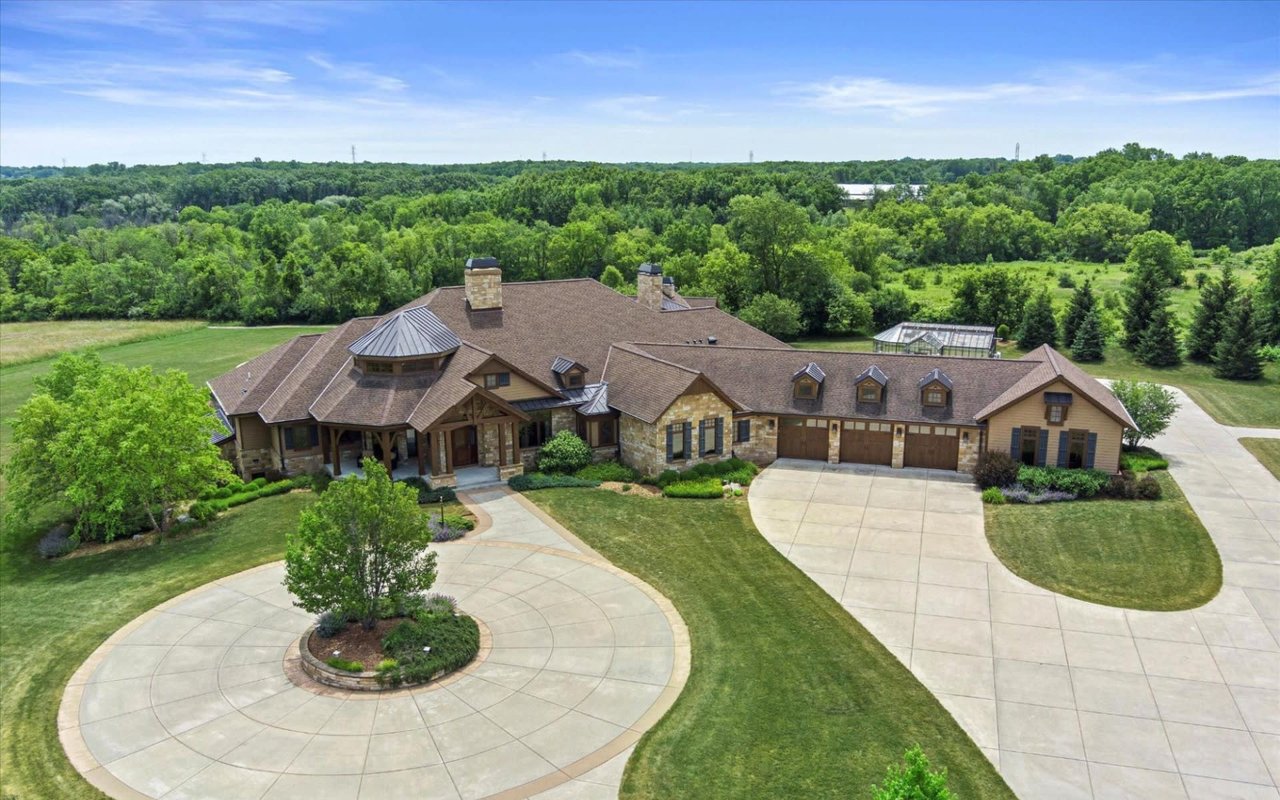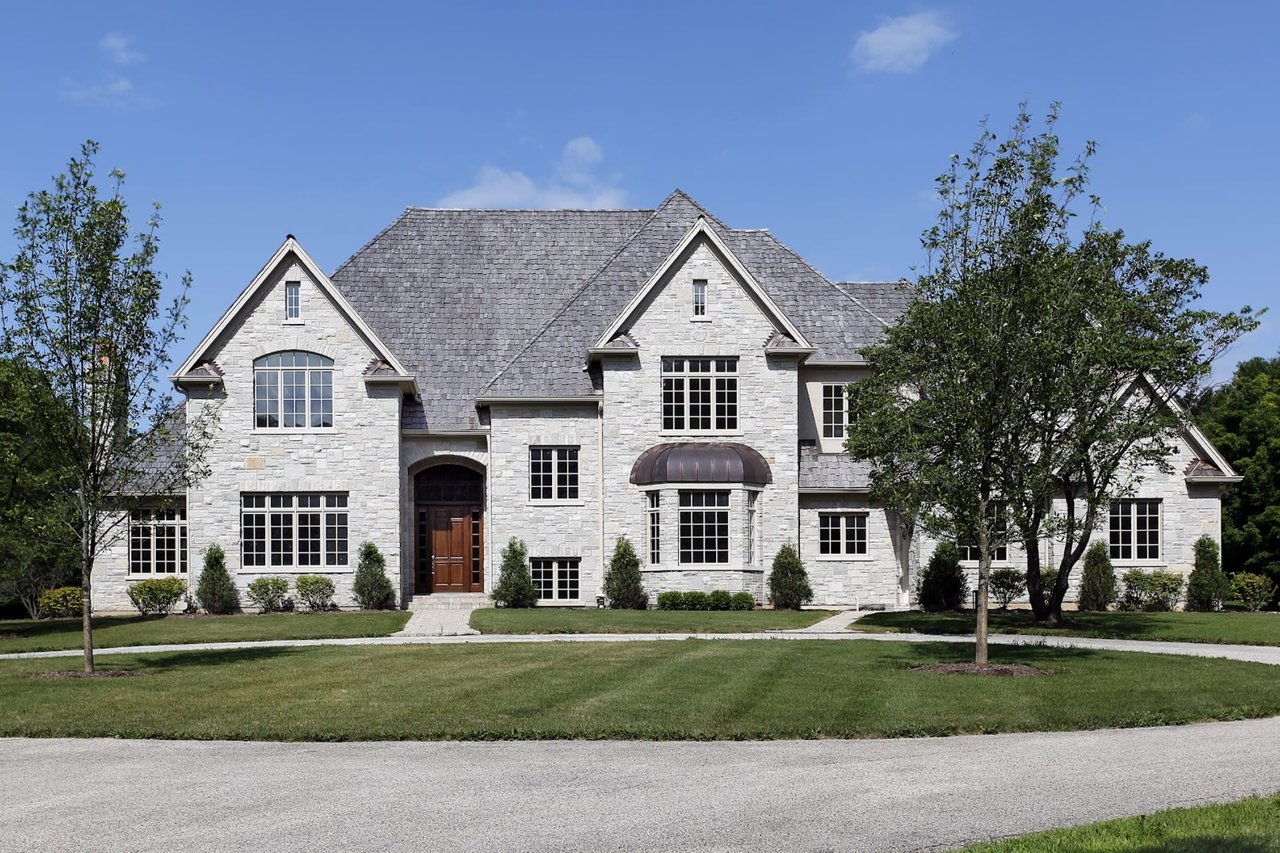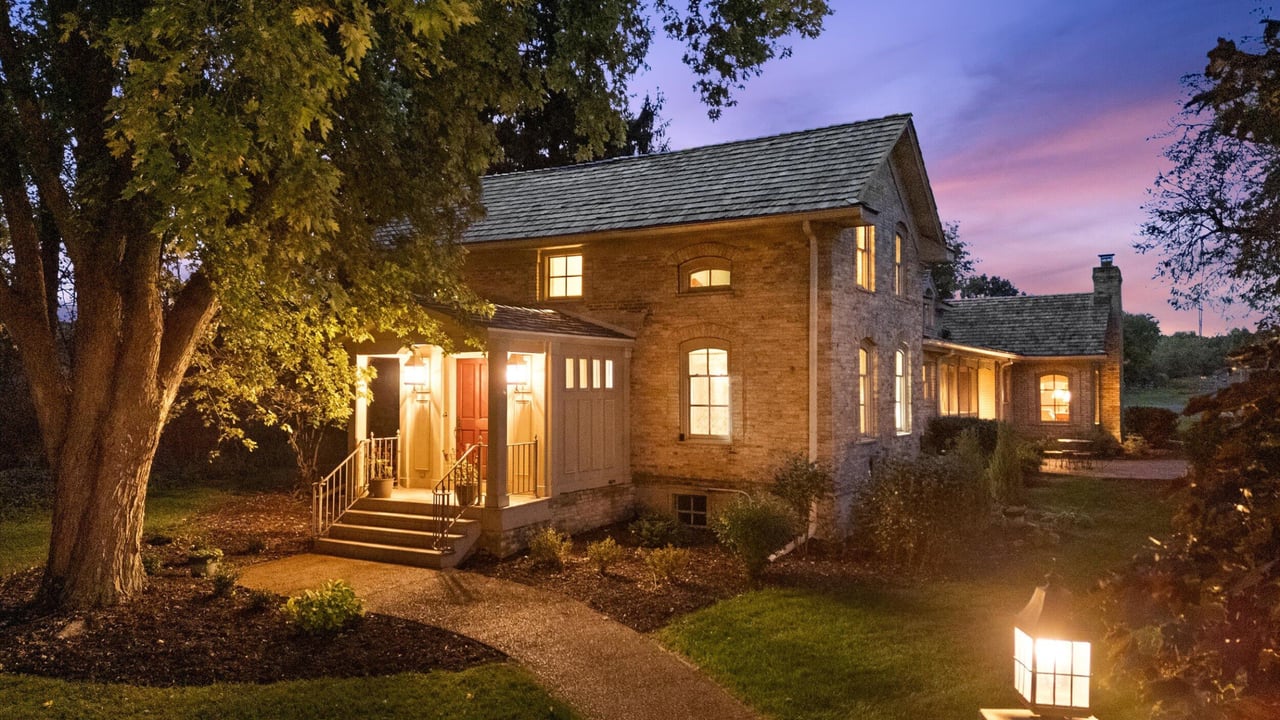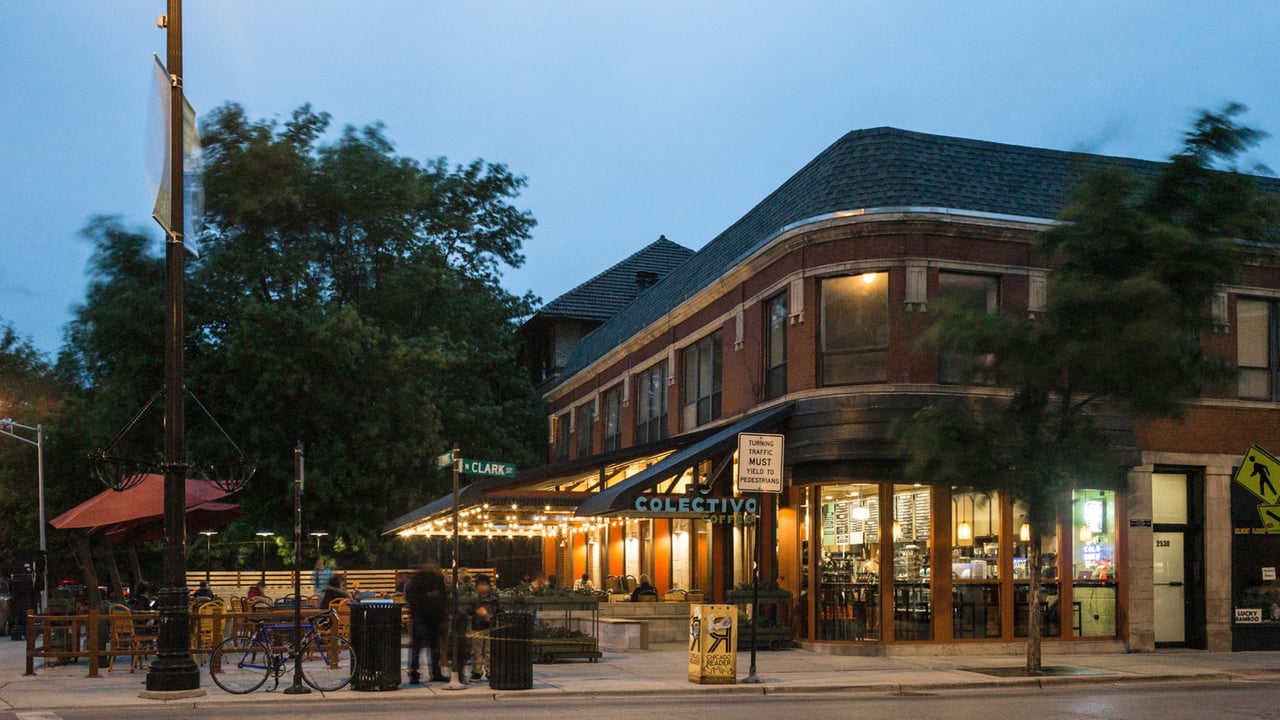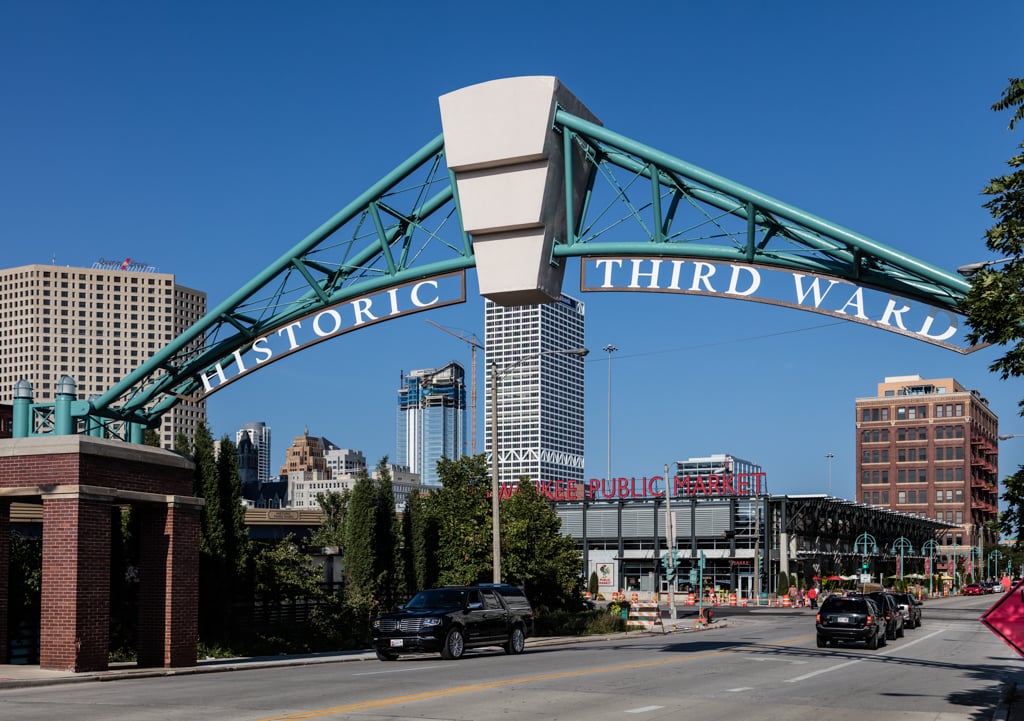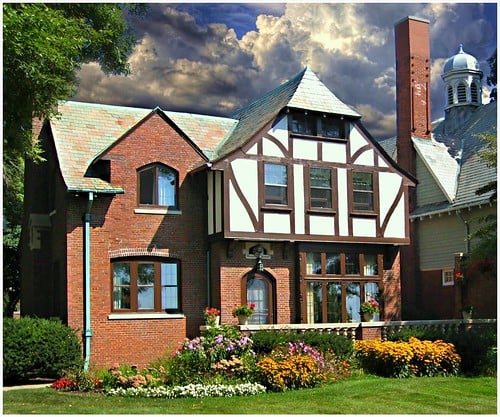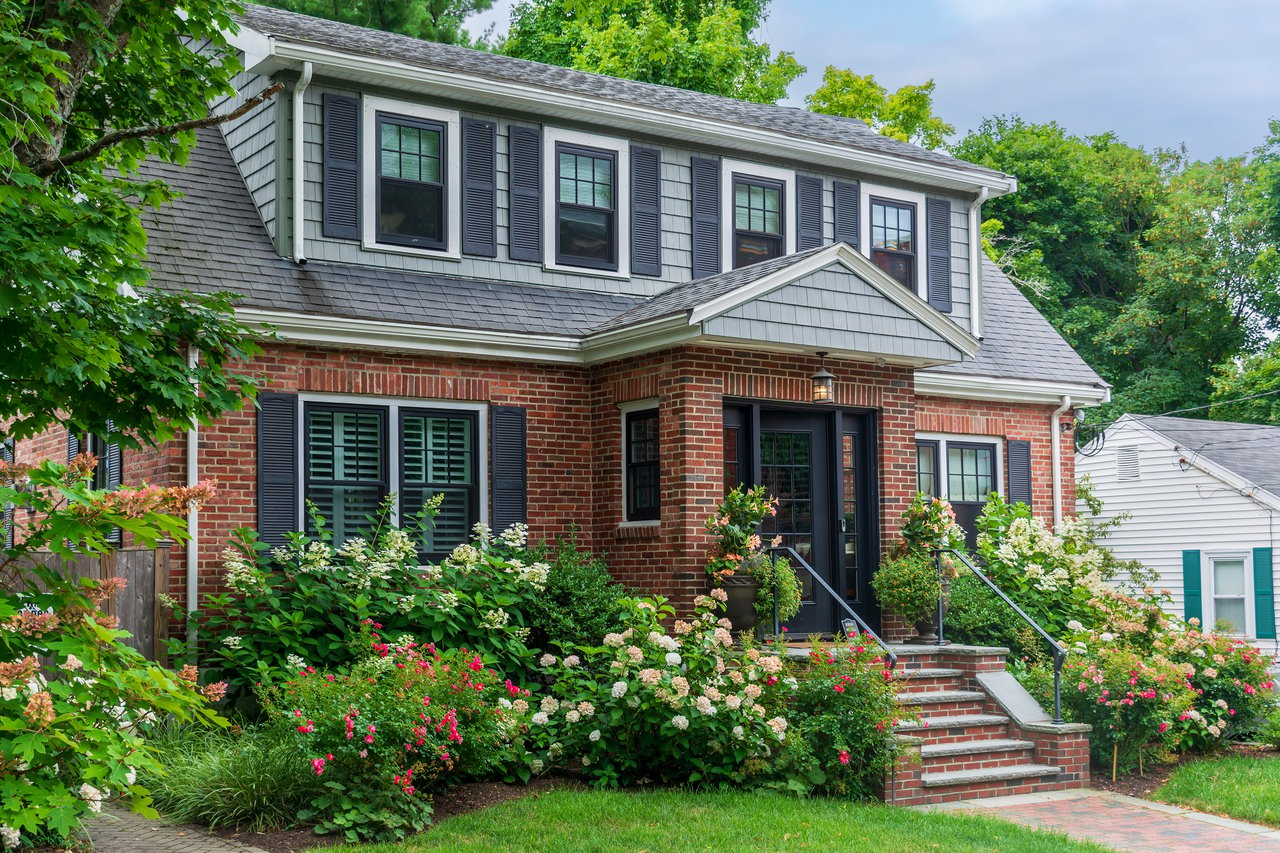The Future of Real Estate: National Predictions & Potential Impacts on Milwaukee Market Dynamics
As we step into the realm of 2024, the landscape of real estate continues to evolve, shaped by a myriad of factors ranging from economic trends to technological innovations. In this four-page exploration, we delve into the national predictions and potential impacts of these changes on the vibrant real estate market of Milwaukee.
The dynamic interplay of economic indicators, urban development projections, demographic shifts, and technological advancements paints a compelling picture of what lies ahead for both residential and commercial properties in Milwaukee. From the rise of new investment opportunities to the challenges posed by climate change, understanding these trends is paramount for anyone involved in the local real estate market.
Join us on this journey as we navigate through the complexities of the future of real estate, examining how these trends may shape the landscape of Milwaukee's property market in the coming years. Let's uncover the opportunities and challenges that lie ahead and gain valuable insights into positioning ourselves for success in this ever-evolving industry.
What is the current status of the housing market?
In February, home sales surged by 11.2% in the Metropolitan Milwaukee housing market, as reported by The Greater Milwaukee Association of REALTORS®. This uptick marks the first instance of consecutive months of increased sales since 2022. However, it's noteworthy that February 2023 saw unusually low sales, somewhat tempering the significance of this recent rise.
Furthermore, listings have seen a steady increase for the seventh month in a row, marking the longest streak in a decade. This trend suggests a potential shift in market dynamics.
Despite the positive momentum in sales and listings, home prices experienced a modest decline of 2.2% in February. Various factors may have contributed to this shift in market dynamics.
What level of competition characterizes the housing market in Milwaukee?
Inventory and Seller Dominance: Presently, the inventory level sits at 2.2 months, considerably lower than the equilibrium point of 6 months for a balanced market. Moreover, considering listings with pending offers, this figure drops to just 1.0 months, highlighting an intensely competitive market significantly favoring sellers. This scarcity of available properties is fostering increased competition among prospective buyers.
Is the current supply of homes for sale sufficient to meet the demand from buyers?
Homes Shortage: Despite the uptick in listings, the market remains insufficient in meeting buyer demand. Even with the positive trend, there's still a considerable gap in listings needed to adequately cater to buyer requirements. This scarcity of homes is a key driver behind the current market competitiveness.
New Construction: The data also reveals a notable increase in permits for new home construction, boasting a solid 48% surge compared to the previous year. However, this growth is still insufficient to address the fundamental shortage of housing units necessary to achieve market equilibrium. Particularly in single-family homes and condominiums, the lack of new construction further exacerbates the existing imbalance.
Economic impact on Milwaukee property market
Employment Trends: The performance of the job market in Milwaukee has a direct impact on the property market. High employment rates and wage growth can stimulate demand for housing, while job losses or stagnant wages may lead to decreased demand.
Interest Rates: The movement of interest rates, influenced by national economic factors and monetary policy, affects borrowing costs for homebuyers. Lower interest rates typically encourage more people to buy homes, while higher rates can reduce affordability and slow down the market.
Local Economic Growth: Economic growth in Milwaukee, including factors such as GDP growth, business investment, and industry diversification, can influence property market dynamics. Strong economic growth often leads to increased demand for housing and higher property values.
Consumer Confidence: The level of consumer confidence in the economy can impact homebuying decisions. When consumers feel optimistic about their financial situation and the overall economy, they are more likely to make significant investments like purchasing a home.
Government Policies and Incentives: Government policies related to taxation, zoning regulations, and housing incentives can have both short-term and long-term effects on the property market. For example, tax incentives for homebuyers or developers can stimulate demand and supply, respectively.
Infrastructure Development: Investments in infrastructure projects such as transportation, utilities, and public amenities can enhance the desirability of certain neighborhoods and boost property values.
Industry Trends: The performance of key industries in Milwaukee, such as manufacturing, healthcare, and technology, can impact the property market by influencing job creation, population growth, and housing demand in specific areas.
Market Sentiment: Overall market sentiment, including perceptions of future economic conditions, can influence buyer and seller behavior in the property market. Positive sentiment may lead to increased activity and higher prices, while negative sentiment can result in decreased activity and price corrections.
Commercial real estate forecast
The forecast for commercial real estate in Milwaukee is multifaceted, with various factors influencing different sectors. In the office space segment, demand is expected to fluctuate as businesses adapt to evolving work models, impacting leasing activity and rental rates.
Meanwhile, the retail sector faces challenges from changing consumer preferences and the rise of e-commerce, necessitating a focus on vacancy rates and tenant mix. On the other hand, the industrial real estate market remains robust, driven by logistics, manufacturing, and e-commerce demand, with strategic location and transportation access playing crucial roles.
Investor interest across all sectors will depend on economic conditions, capital markets, and property fundamentals, with mixed-use developments and adaptive reuse projects reshaping the urban landscape. Milwaukee's emergence as a tech and innovation hub is attracting startups and entrepreneurs, driving demand for flexible office space and fostering a culture of innovation. Additionally, sustainability and wellness considerations are increasingly influencing the design and development of commercial properties, reflecting a broader trend towards environmentally conscious and health-focused spaces.
Overall, by considering these factors, stakeholders can gain insights into the opportunities and challenges shaping the future of commercial real estate in Milwaukee.
Rental market trends in Milwaukee
Rental market trends in Milwaukee are dynamic and influenced by various factors. Fluctuations in rental rates respond to changes in supply and demand dynamics, population growth, and employment trends. Demand remains strong, driven by demographic shifts and lifestyle preferences, while supply fluctuates due to construction activity and landlord decisions. Tenant preferences for amenities like in-unit laundry and parking are evolving. Regulatory changes and the lingering effects of the COVID-19 pandemic also impact the rental landscape. Monitoring these trends provides valuable insights for landlords, property managers, renters, and policymakers in Milwaukee.
Milwaukee's real estate landscape is a vibrant tapestry woven with dynamic trends and diverse influences. From the ebb and flow of housing markets to the evolving preferences of tenants and investors, each thread contributes to the city's unique story of growth and resilience. By staying attuned to these trends and embracing innovation, stakeholders can navigate the ever-changing terrain with confidence, shaping Milwaukee's future one property at a time.
Let's embrace the twists and turns with optimism, knowing that every challenge is an opportunity to build a stronger, more vibrant community for generations to come!




